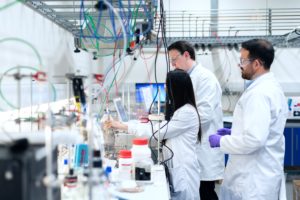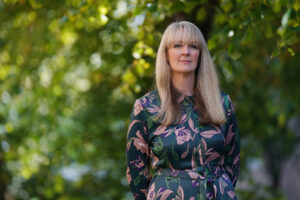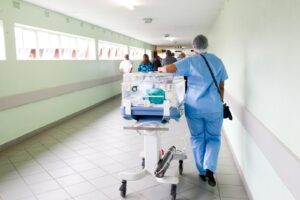‘Megalab’ opens to bolster fight against Covid-19
The UK’s first testing megalab, the Rosalind Franklin laboratory in Royal Leamington Spa has opened and will be processing hundreds of thousands of Covid-19 samples every day to rapidly detect new variants and help stop the spread of the virus.
As part of the UK’s NHS Test and Trace network, the laboratory is the biggest of its kind in the UK and will use cutting-edge technology to process even more tests and adopt the pioneering new genotype assay testing to quickly identify variants of concern and new mutations.
This will help the UK’s disease detectives take action to supress outbreaks as society reopens, using tools such as surge testing.
The new state-of-the-art laboratory is at the heart of the UKHSA’s plans for the next part of our battle against the pandemic. In recognition of her outstanding contribution to our current understanding of genomic sequencing, one of our weapons in the fight against Covid-19, the laboratory is named after Rosalind Franklin.
The Rosalind Franklin Laboratory aims to create and upskill scientists with a programme of training and, with close links to universities, inspiring a new generation to choose a career in STEM. The new laboratory will create up to 1,500 jobs when fully staffed, with over 300 people on-boarded already and over 700 more joining in the near future. Around 60% of the staff hired so far coming from within 30 miles of the site.
Under the leadership of former deputy Chief Medical Officer, Jenny Harries, the UKHSA’s top priority is managing the spread of COVID-19 as restrictions ease, and building the UK’s capabilities to ensure we are prepared against other potential future threats.

The laboratory will use cutting-edge technology, such as automation and top of the range robotics. This includes LGC EndPoint PCR (EPCR) testing workflow for COVID-19, which has ultra-high capacity and can process up to 150,000 tests each day on a single instrument. This will allow more tests to be processed more quickly and at a lower cost, and establishing a flexible pandemic response infrastructure that can respond to surges in demand.
In the coming months, the laboratory will carry out genotype assay testing, using ePCR machines to rapidly detect COVID-19 mutations indicating whether positive test samples contain known variants, and genome sequencing to confirm known variants and identify any new mutations.
The strength of the UK’s genomics science base and diagnostics sequencing industry has allowed the UK to genomically sequence over 600,000 positive COVID-19 tests, rapidly identifying COVID-19 variants and capturing critical data, enabling scientists to track and stay ahead of mutations in the genome of the virus.
‘The pandemic has provided us with clear evidence, on a daily basis, that you can only challenge viruses of this kind with the right testing and genomics infrastructure in place.
‘The Rosalind Franklin Laboratory is going to be a critical scientific addition to how we manage this virus in the months ahead, arming us with data and intelligence on the spread of variants that will inform decision-making and ultimately, save lives.’
It will play a crucial role in global health security, providing public health leadership at international, national and local levels and working to reduce health inequalities.
Photo Credit – ThisisEngineering RAEng















